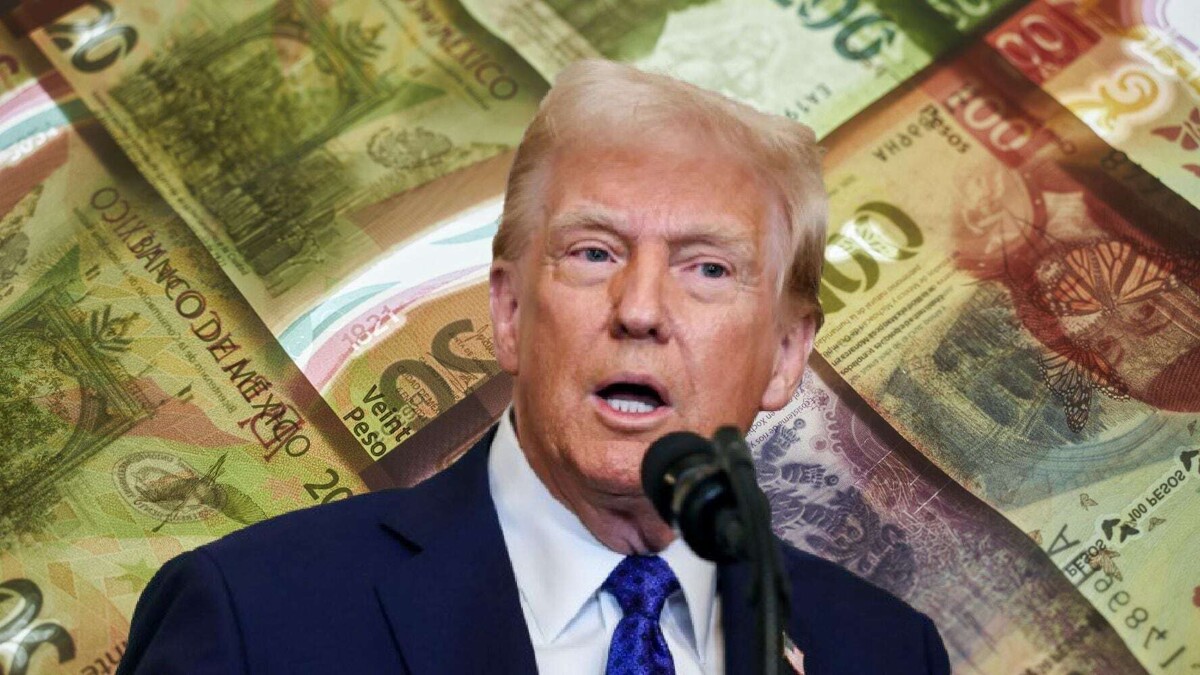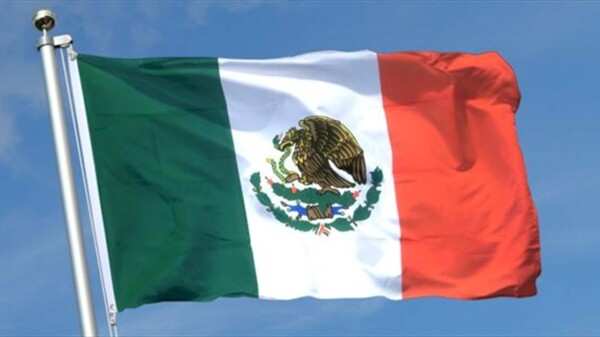
BBVA economists have estimated that if the United States imposes a 25 percent tariff on final and intermediate goods from Mexico for most of this year, Mexico's Gross Domestic Product (GDP) could fall by up to 1.5 percent. Although they consider that these tariffs could be short-lived, given the low probability that they will remain in the long term. They argue that this would lead to a significant increase in inflation, especially in agricultural products, which would impact both economies. Moreover, they point out that the United States would lose global competitiveness by increasing production costs for many exports.
Economists warn that if these tariffs are imposed, the exchange rate could initially reach 24 pesos per dollar before falling back to 23 pesos per dollar. This situation, combined with the 1.5 percent drop in GDP, would cause high volatility in the exchange market until equilibrium is reached. In this scenario, they estimate that the Bank of Mexico (Banxico) would remain on the sidelines temporarily before lowering interest rates in the third quarter of the year.
In the face of the threat of 25 percent tariffs on Mexico, the probability of a prolonged imposition is low, according to BBVA specialists. They consider that if implemented, the situation would have a negative impact on both economies and would make the existing trade agreement, namely the T-MEC, unviable. On the other hand, they mention that the probability of permanent tariffs being applied to Mexico and Canada is quite low.
Despite ongoing uncertainty, experts believe that the tariffs proposed by the United States would not be selective for all products. It is worth noting that the White House has already announced a 25 percent tariff on imports from Mexico and Canada, as well as a 10 percent tariff on imports from China, in addition to existing tariffs. They also indicate that the tariffs could have the opposite effect on revenue, especially if the economy slows down as a result of their imposition.













